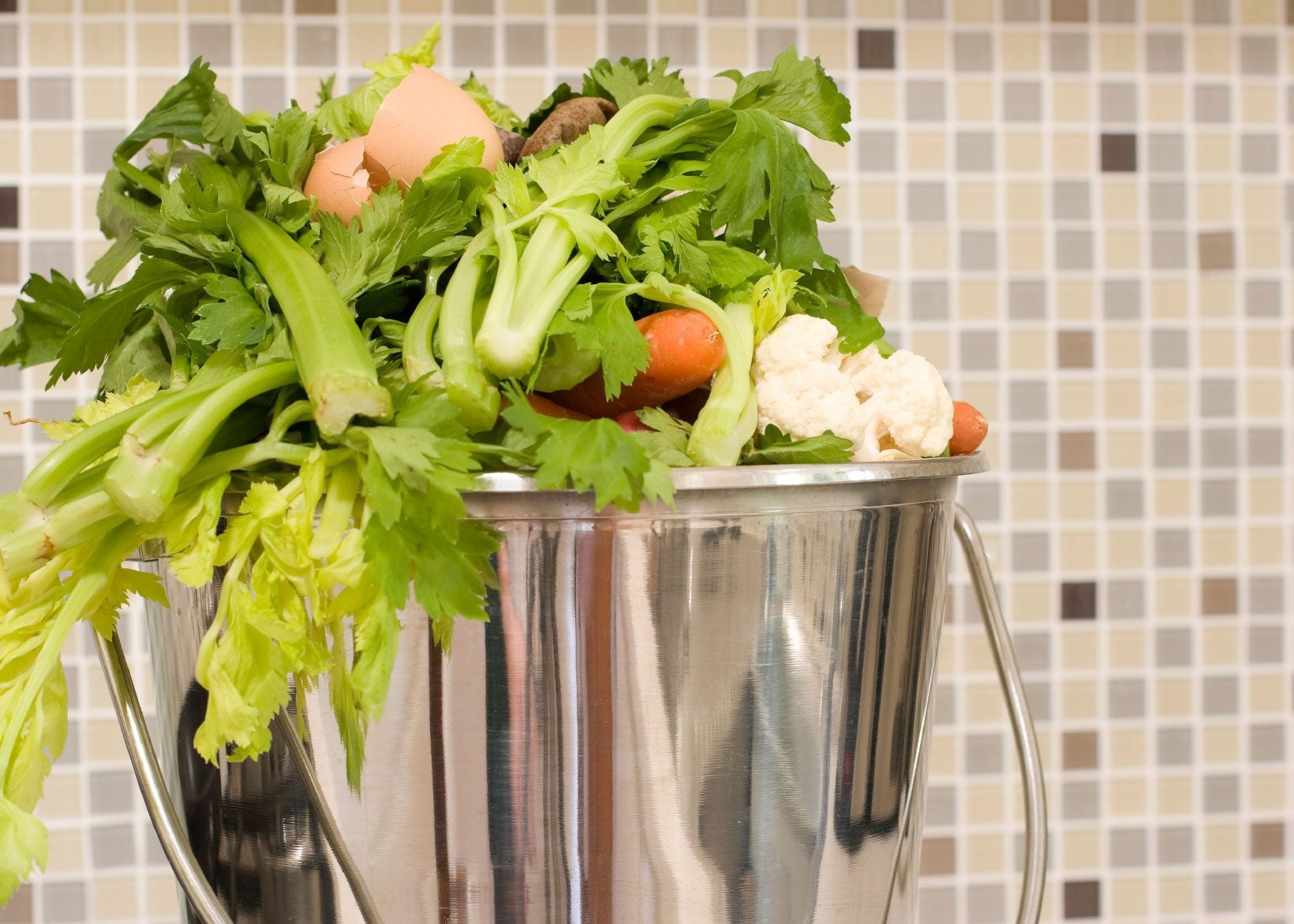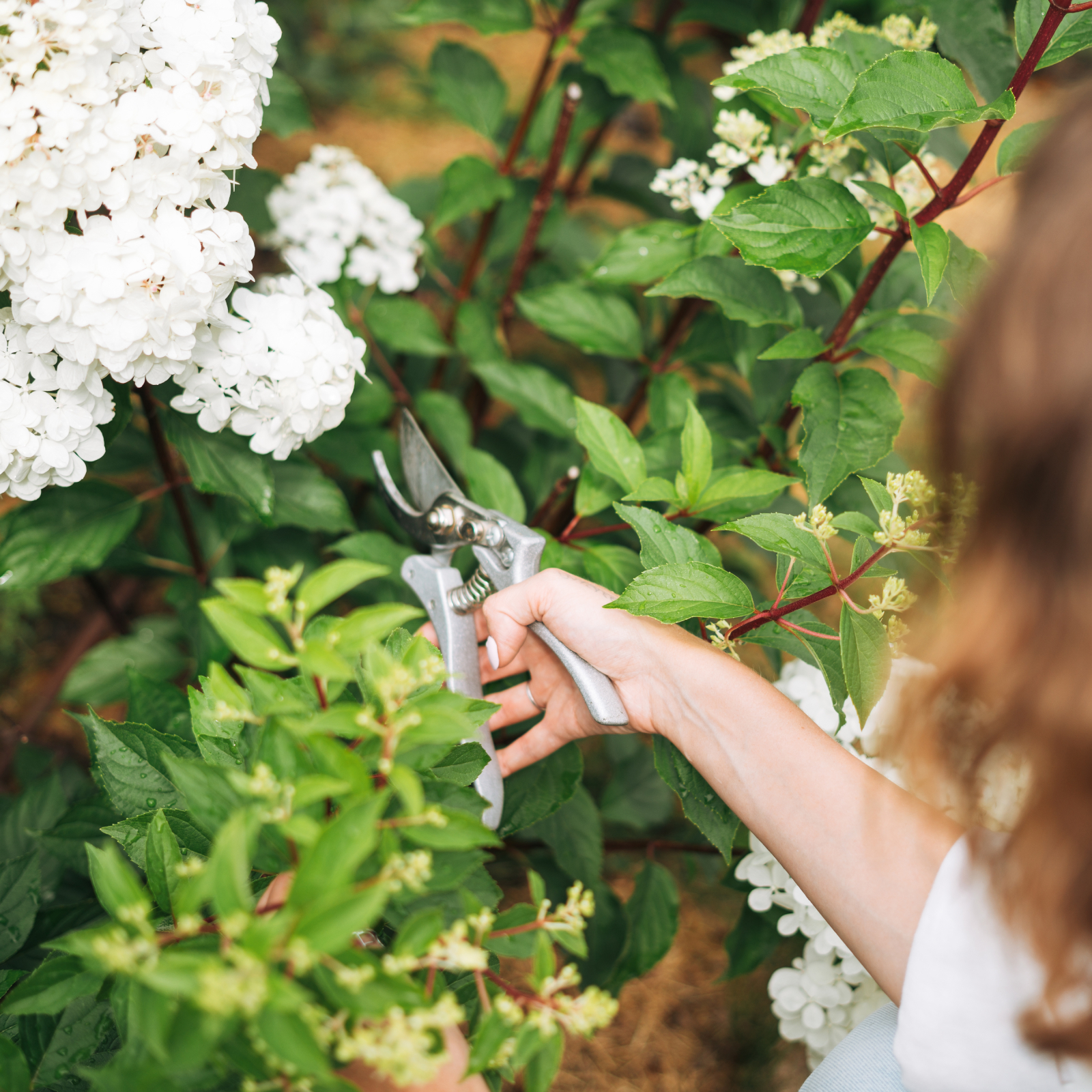Kitchen Composting: How To Compost Food Scraps From The Kitchen


I think by now the composting word has gotten out. The benefits far outweigh simple waste reduction. Compost increases the water retention and drainage of the soil. It helps keep weeds down and adds nutrients to the garden. If you are new to composting, you may wonder how to compost food scraps. There are many ways to begin kitchen waste composting. Start saving scraps and let's get started.
Kitchen Composting Info
It may seem odd at first to save old food and trimmings on your kitchen counter. Traditionally we called that garbage, but new efforts to educate the public have now trained us in waste reduction and reuse of organic items. Composting kitchen waste can be as simple as burying the food scraps in the dirt or using a 3-stage composting bin or tumbler. The end results are nutrient-rich soil additives that increase porosity and help hold important moisture in the soil. The items that break down the quickest in kitchen composting are leafy greens. It helps to cut down the size of items for compost to no more than an inch cubed (16.5 cm. cubed). Smaller pieces compost fastest. The slower items are meats and dairy products, though most sources do not recommend meat for composting. Compost piles must be at the proper temperature and moisture balance to ensure these types of items are broken down. You will also need to cover any composting kitchen scraps so animals don't dig them up.
Methods for Composting Kitchen Scraps
It wouldn't really be stretching the truth to say all you need are a shovel and a patch of dirt for kitchen waste composting. Dig the scraps at least 8 inches (20.5 cm.) down and cover them with dirt so animals aren't tempted to feast on them. Chop up the scraps with a shovel or spade. Smaller pieces have open surfaces for anaerobic bacteria to attack. This makes composting a faster process. Alternately you can invest in a 3-bin system where the first bin is raw compost or fresh kitchen scraps. The second bin will be partially broken down and well turned. The third bin will hold fully composted material, ready for your garden. You can also just make a pile in a sunny location and layer the scraps with leaf litter, grass clippings, and soil. Turn the compost material every week and mist it with water when composting kitchen waste.
How to Compost Food Scraps
Composting requires warm temperatures of at least 160 degrees Fahrenheit (71 C.), moderate moisture, and space to turn the pile. You can really make kitchen waste composting as simple or as complex as you want. The end results are finer with multiple bins or a rotating tumbler, whereas piles on the ground or mixing into garden beds yield more robust and chunkier compost. Kitchen composting can also be accomplished in a worm bin where the little guys eat their way through your debris and deposit moist worm castings for fertilizer and soil amendment.
Gardening tips, videos, info and more delivered right to your inbox!
Sign up for the Gardening Know How newsletter today and receive a free copy of our e-book "How to Grow Delicious Tomatoes".

Bonnie Grant is a professional landscaper with a Certification in Urban Gardening. She has been gardening and writing for 15 years. A former professional chef, she has a passion for edible landscaping.
-
 Pruning Limelight Hydrangea Bushes For Bigger Blooms & Stronger Plants
Pruning Limelight Hydrangea Bushes For Bigger Blooms & Stronger PlantsPruning 'Limelight' hydrangea will benefit the shrub. Flowers will be more bountiful the next year and branches will be stronger. Learn how and when to prune.
-
 What’s Wrong With Your Azaleas? Identify, Tackle And Prevent 6 Common Azalea Pests
What’s Wrong With Your Azaleas? Identify, Tackle And Prevent 6 Common Azalea PestsIf you’ve spotted signs of azalea leaf damage, don’t panic – here’s how to identify the most common azalea pests so you can take action swiftly and keep plants healthy